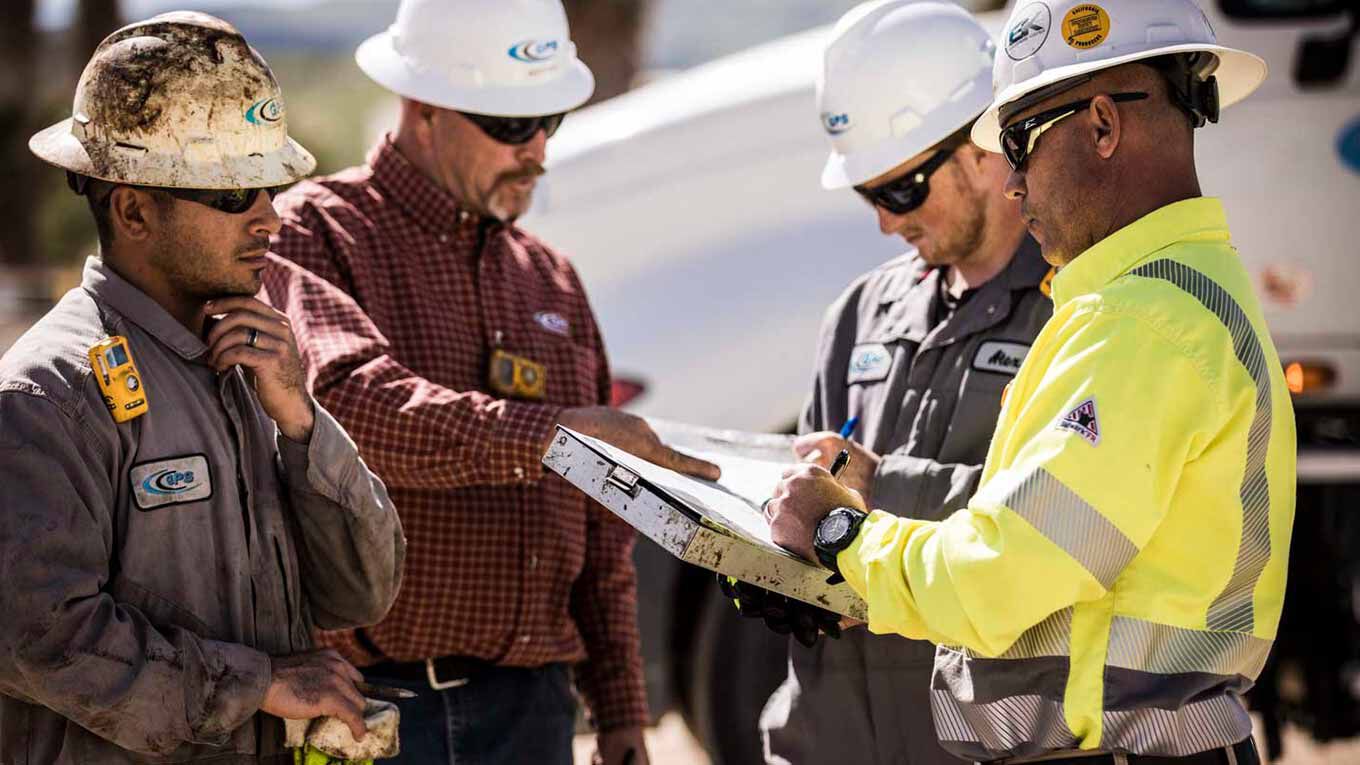The ABC’s of PPE

Building a PPE program that meets all safety requirements and meets your personal needs is no easy task. You must select the right garments based on the unique hazards of your industry, in addition to important factors like comfort, durability and laundering. But even the best PPE program in the world is ineffective without the proper implementation and training. Below, we’ll provide you with a step-by-step process for designing, implementing and maintaining your PPE program.
Hazard Assessment
The first step in the creation of any PPE program is the Hazard Assessment. Federal regulations require employers to assess the workplace to determine if hazards that require the use of personal protective equipment are present or are likely to be present. Using the Hazard Assessment Checklist, you will conduct a walk-through survey of the workplace to identify potential hazards. These include impacts, combustible dust, fire/heat, and chemical hazards, among others. When conducting your assessment, be sure to consider workplace, procedural, and environmental hazards.
Selecting the Right PPE
Once you’ve established the need for PPE, it’s time to determine the degree of protection required based on your particular hazards. We do this by matching the hazard to the regulations, which inform what, if any, PPE is required. Industry consensus standards may be used to guide selection decisions, and the best way to cite these standards is by industry. For the main industries Bulwark serves, the hazards and standards are as follows:
Oil & Gas, which includes exploration, drilling, field services, refinement, and chemical, faces the known hazard of flash fire, a rapidly moving flame front that expands through diffuse fuel without creating blast pressure.
NFPA® 2112 and NFPA® 2113 are the “go-to” industry consensus standards that address flash fire. NFPA® 2113 focuses on how organizations and employers—as well as individual wearers—should choose the correct garment based on certain criteria.
Electric Utility workers, including those working in the transmission, distribution, generation, and metering of power utilities, are exposed to hazards associated with electrical energy, primarily electrical arcs or arc flashes.
General Industry: Wherever workers may be exposed to hazards associated with electrical energy, employers must make sure they are protected. This includes electricians, maintenance workers, and operators.
NFPA 70E® requires AR (or arc-rated) clothing for any potential exposure above 1.2 cal/cm2, which equals the onset of a second-degree burn. The level of protection must be based on the task at hand, and most general industry tasks will require CAT2 or higher. It’s necessary to carefully consider the actual risk associated with a job and to match the protection category accordingly.
NOTE: NFPA 70E® applies only to general industry electrical safety. To address specific circumstances for utility, OSHA published 1910.269 & 1926.960, which state that power utilities are required to wear arc-rated clothing which matches the potential threat as determined by a proper hazard analysis.
Training
Employers implementing a PPE program are required by OSHA 1910.132(f)(1) and all industry consensus standards to provide training to each employee. According to OSHA, each employee who is required to wear PPE should at least know when it is necessary, what exactly is necessary, the do’s and don’ts of proper wear, what its limitations are, and how to properly care for it.
NFPA® 2112 A.5.1.1 offers specific requirements about the information employers must provide to their employees.
Maintenance
Proper care and maintenance of FR/AR clothing is essential to the effectiveness of your PPE program. While most industry standards recommend following the instructions provided by compliant garment manufacturers, some standards offer specific guidance, and there are a few basic rules that apply across all relevant standards.
1. Do not use any kind of bleach or peroxide
2. Do not use any additive that could build up and impede FR performance
3. Wash FR/AR garments separately
4. Turn FR/AR garments inside out to help color retention and preserve appearance
5. Use liquid detergent for best results
6. Avoid the hottest temperature to reduce the impact of shrinkage
7. For tough stains, apply liquid detergent or stain remover and soak garment
8. For even tougher stains, Bulwark® FR garments can be dry cleaned
9. Tumble dry on low setting and do not over dry
10. Rewash garments with lingering odor
11. Never use DEET or any other flammable substances on FR/AR clothing.
12. Any repairs must be made with fabric and findings that match the protection level of the original garment.
More specific regulations about PPE maintenance are defined in NFPA® 2113 and NFPA 70E®.